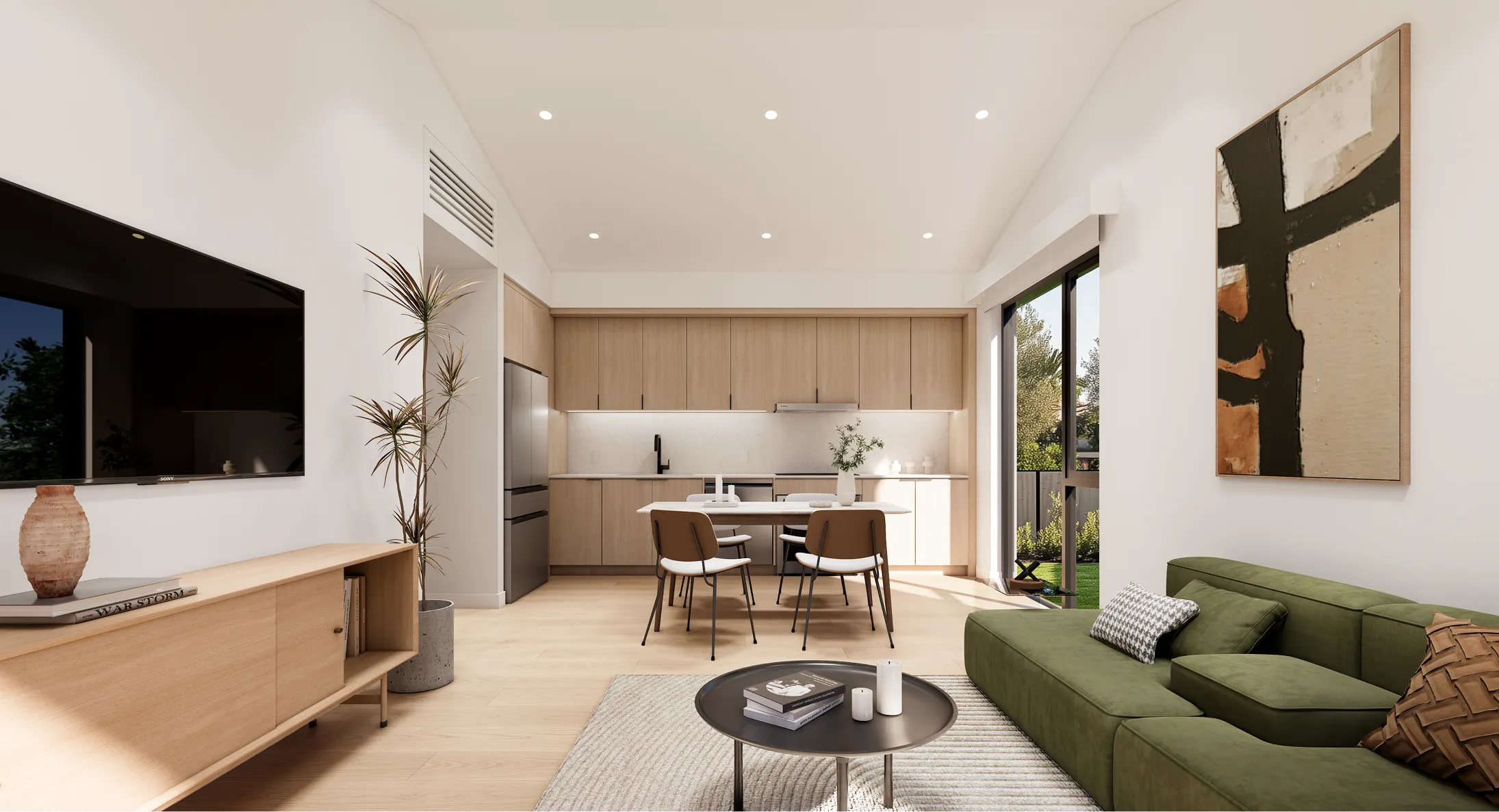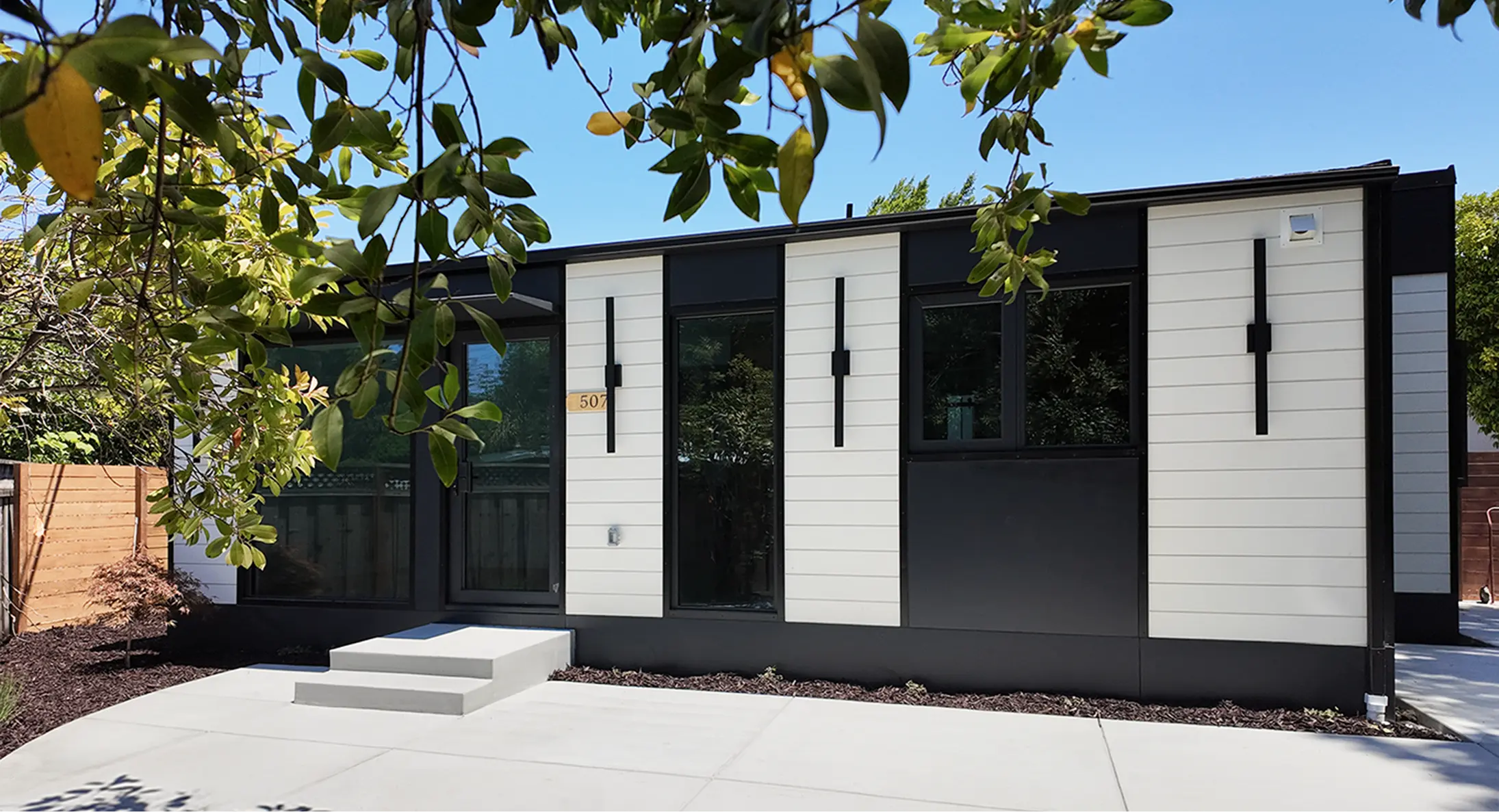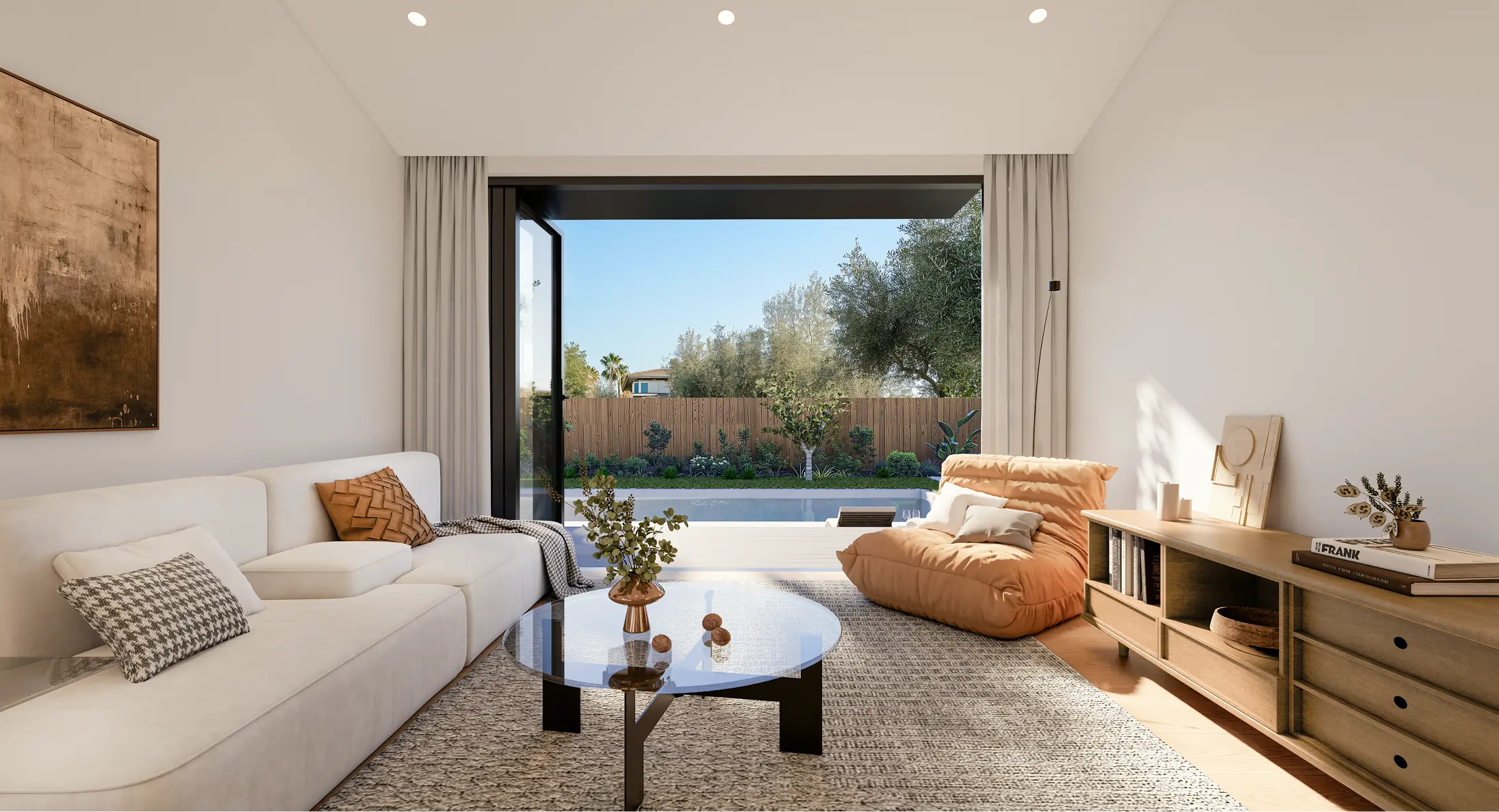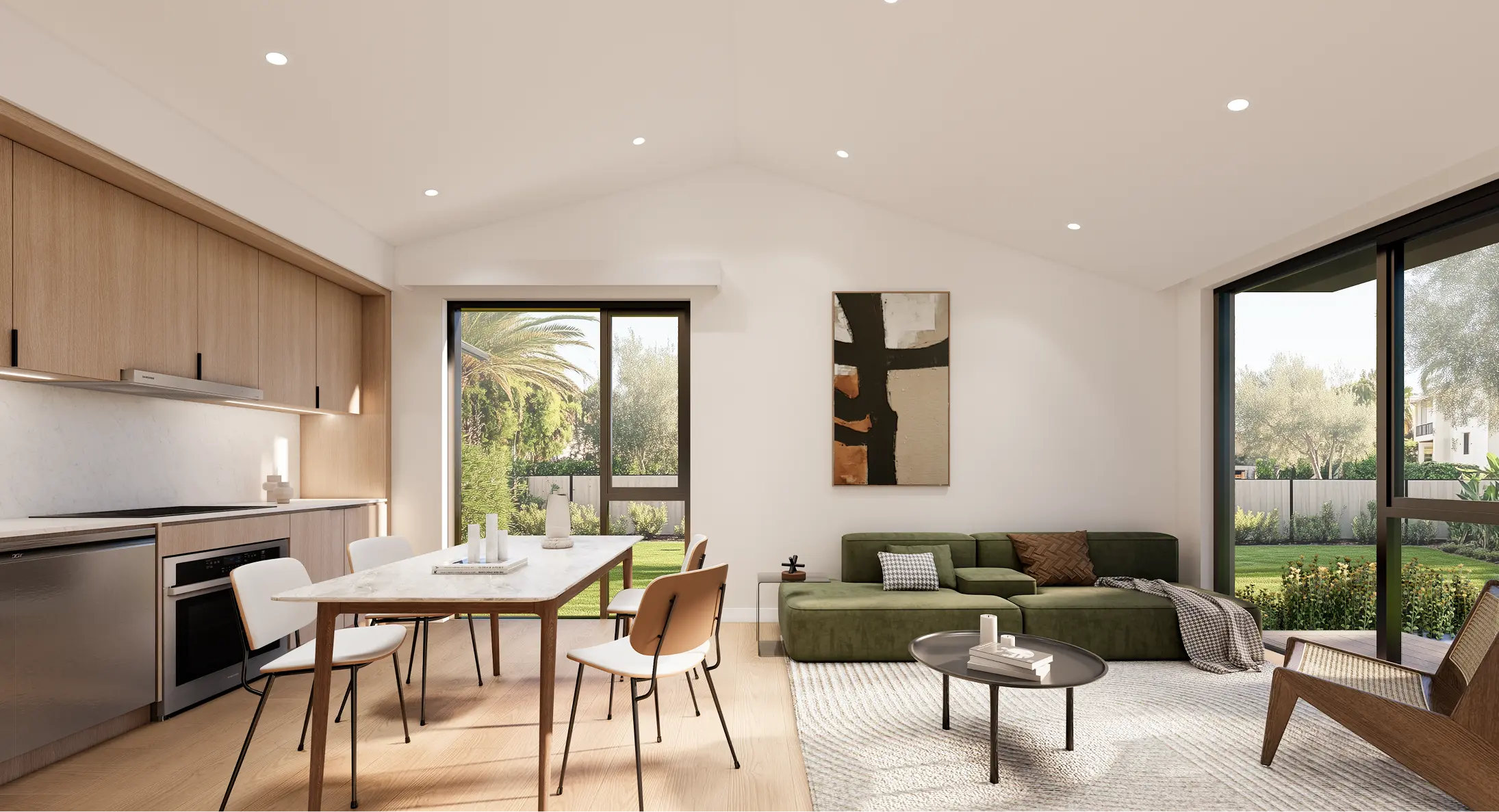
Building an ADU in Los Angeles in 2026: What Homeowners Should Know Now

“Is a Prefab ADU Cheaper?”
(Short answer: sometimes. But here’s what really determines the cost.)
When homeowners start exploring accessory dwelling units (ADUs), one of the first questions that comes up is simple: “Is prefab cheaper?”
It’s a fair question — but a loaded one. The truth is, sometimes yes, sometimes no. It all depends on what kind of prefab you’re talking about and what you’re comparing it to.
Not All Prefab Is Created Equal
“Prefab” just means prefabricated — parts of the structure are built in a factory, shipped to the site, and assembled there.
That could mean:
Both are “prefab.” But they live in completely different worlds in terms of quality, comfort, and long-term value.
Some of the best homes in the world are prefab. You can order a laser-cut, panelized home from Germany, ship it to Maryland, and build it on the water for a couple million dollars.
So prefab doesn’t always mean cheap — it means controlled.
Where the Savings Come From
Here’s where prefab can actually save money compared to traditional construction:
Where Prefab Can Cost More
There are also reasons prefab can seem more expensive upfront:
So while the sticker price might be higher than some “cheap prefab” kits, the value per square foot — for the quality, comfort, and lifespan — is usually much higher.
So, Is Prefab Cheaper?
If you’re comparing the same quality — say, a 750-square-foot ADU with luxury finishes and energy-efficient materials — prefab construction is typically 15–25% more affordable than traditional construction in California.
You’re not just paying less — you’re avoiding the headaches, delays, and unpredictable costs of on-site builds.
If you want to see exactly how much prefab ADUs cost in your area, check out our Full ADU Cost Breakdown — or see what’s possible with our Los Angeles prefab projects.
The Bottom Line
Prefab doesn’t automatically mean cheaper. It means smarter — faster timelines, higher precision, and better predictability.
With LiveLarge, you’re not cutting corners; you’re just cutting waste.
Discover More

Building an ADU in Los Angeles in 2026: What Homeowners Should Know Now

What LA Homeowners Learned From Their 2025 ADU Projects — And What You Should Know Before Building in 2026

Cost Per Square Foot in California: Why Homeowners Shouldn’t Trust This Number Alone
About Us
